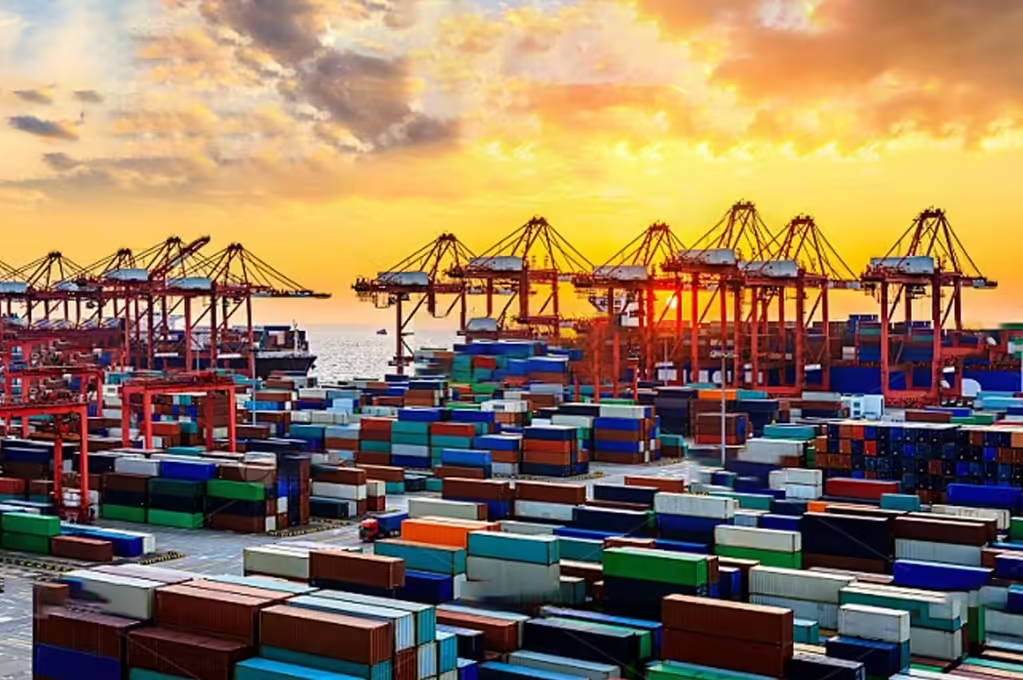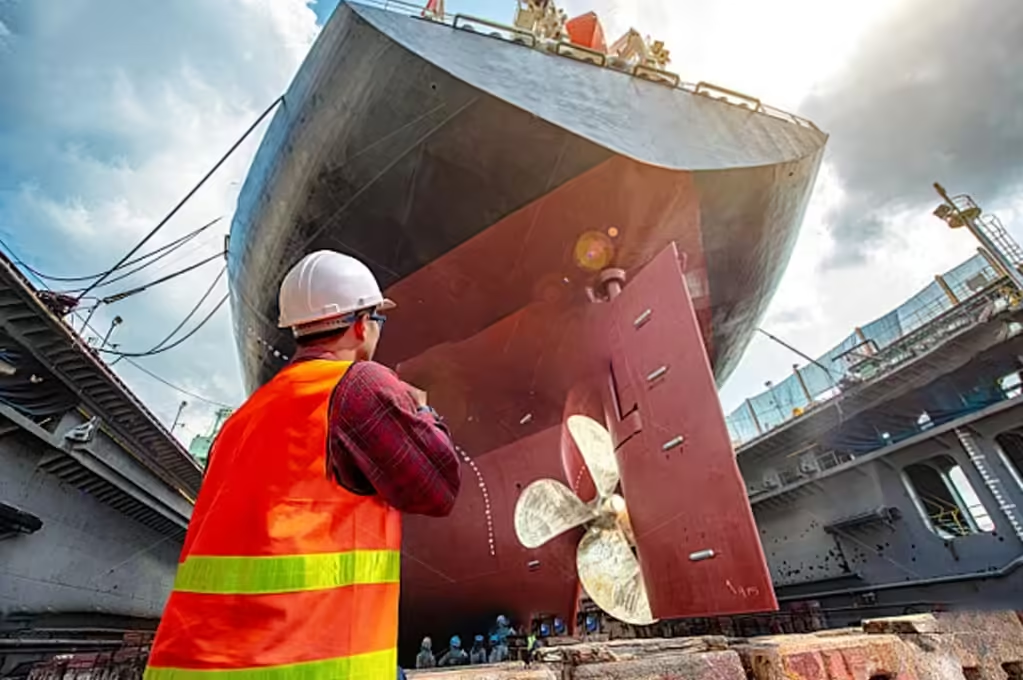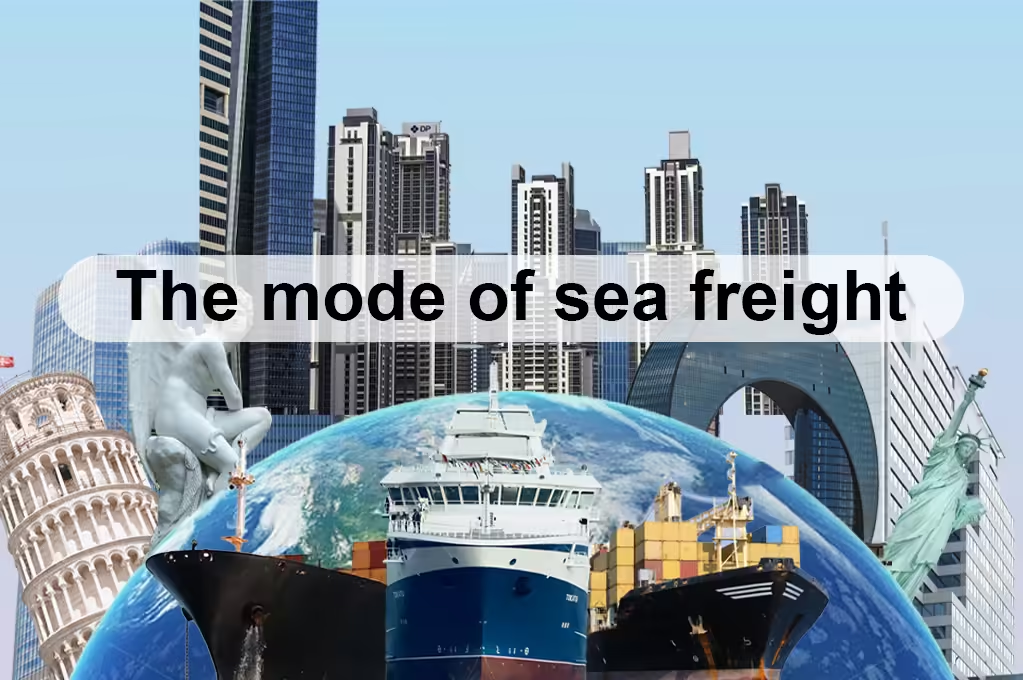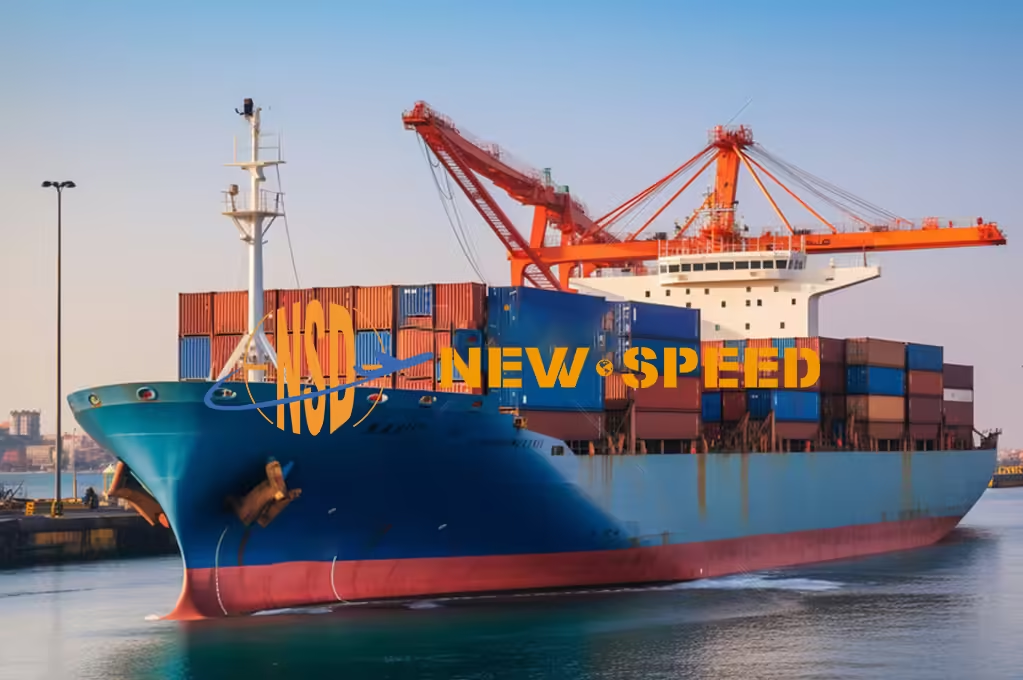Sea freight is a critical component of global trade, accounting for over 90% of the world’s cargo volume. Understanding the different modes and characteristics of sea freight can help businesses optimize their logistics strategies and make informed decisions. Here are 8 key modes and aspects of Pengangkutan laut that you should be familiar with:
Full Container Load (FCL)
Description
FCL refers to a shipment where a single customer uses an entire container. This mode is ideal for larger shipments that fill or nearly fill a standard 20-foot or 40-foot container.
Advantages
FCL offers greater security and faster transit times since the container is sealed and not opened until it reaches the final destination. It is cost-effective for larger shipments.
Typical Use
FCL (Full Container Load) is widely used for bulk shipments of raw materials, machinery, and consumer goods, making it an ideal choice for transporting large volume cargoes efficiently and securely in international trade.
Less-Than-Container Load (LCL)

Description
LCL (Less-Than-Container Load) involves sharing a container with other shippers, where goods from multiple customers are consolidated into a single container, providing a cost-effective solution for smaller shipments.
Advantages
LCL (Less-Than-Container Load) is cost-effective for smaller shipments that do not require an entire container. It enables businesses to consolidate their goods with others, sharing the cost of shipping and reducing expenses.
Typical Use
LCL (Less-Than-Container Load) is ideal for small and medium-sized enterprises (SMEs) needing to ship smaller quantities of goods. It offers cost-effective solutions by allowing businesses to consolidate their shipments with others, sharing the cost of shipping and reducing overall expenses.
Bulk Cargo Transport
Description
Bulk cargo transport involves the shipment of large quantities of loose, unpackaged goods such as coal, grain, and ore, utilizing specialized vessels designed for efficient handling and transport.
Advantages
Bulk carriers provide high-capacity, cost-effective transport for bulk commodities such as grains and ores, significantly optimizing shipping efficiency and reducing costs for global trade logistics.
Typical Use
Bulk carriers are primarily used for shipping raw materials and agricultural products, such as coal, iron ore, and grain, efficiently facilitating global trade by sea.
Containerized Freight
Description

Containerized freight refers to goods that are shipped in standard ISO containers, which is the most common form of sea freight. This method ensures secure and standardized transport, protecting cargo during long-distance voyages and facilitating efficient handling at ports worldwide.
Advantages
Containerization provides standardized handling and secure transit for a wide range of goods, ensuring efficient and protected transport in standard ISO containers across global supply chains.
Typical Use
Containerized freight is used for shipping a variety of goods, from consumer electronics to textiles and automotive parts.
Roll-on/Roll-off (RoRo)
Description
RoRo (Roll-on/Roll-off) shipping is designed for vehicles and heavy machinery that can be driven onto and off the vessel using ramps, providing efficient transport for wheeled cargo without the need for cranes or hoists.
Advantages
RoRo (Roll-on/Roll-off) provides quick loading and unloading, making it highly efficient for transporting vehicles and machinery by allowing them to drive on and off the vessel using ramps.
Typical Use
RoRo (Roll-on/Roll-off) is commonly used for shipping cars, trucks, buses, and construction equipment, enabling efficient transport of wheeled cargo by driving directly onto and off the vessel using ramps.
Whole Ship Chartering
Description
Whole ship chartering involves hiring an entire vessel for exclusive use, typically for large-scale projects or bulk shipments, providing flexibility and control over cargo handling and routing for high-volume or specialized cargoes.
Advantages
Chartering a whole ship offers flexibility in routing and scheduling, making it more cost-effective for very large shipments, providing control over cargo handling and transit times for high-volume cargoes.
Typical Use
Whole ship chartering is used for transporting large volumes of bulk commodities, project cargo, or when a company requires a dedicated vessel.
Special Container Transport

Description
Special container transport involves the use of specialized containers designed for specific types of cargo, such as refrigerated containers (reefers) for perishable goods or tank containers for liquids and gases.
Advantages
Special containers ensure the integrity and safety of sensitive cargo by maintaining specific temperature and pressure conditions during transit, providing tailored protection for perishable and high-value goods to prevent damage or spoilage.
Typical Use
Special container transport is used for shipping perishable goods like fruits and vegetables, pharmaceuticals, and chemicals, ensuring they maintain optimal conditions throughout transit for quality preservation.
Liner Transport
Description
Liner transport involves scheduled services with fixed routes and ports of call, offering regular and predictable transit times, making it ideal for time-sensitive shipments that require consistent and reliable delivery schedules.
Advantages
Liner services provide reliability and predictability, making them suitable for businesses that require consistent shipping schedules, ensuring goods are delivered on time through fixed routes and ports of call with regular transit times.
Typical Use
Liner transport is commonly used for regular shipments of containerized goods, especially for businesses that require frequent deliveries, providing reliable and predictable service through fixed routes and ports of call with consistent transit times.
Each mode of sea freight has its own strengths and is best suited for different types of cargo and business needs. Understanding these modes can help you choose the most appropriate option for your logistics operations, optimizing costs and ensuring timely and secure delivery of your goods.


